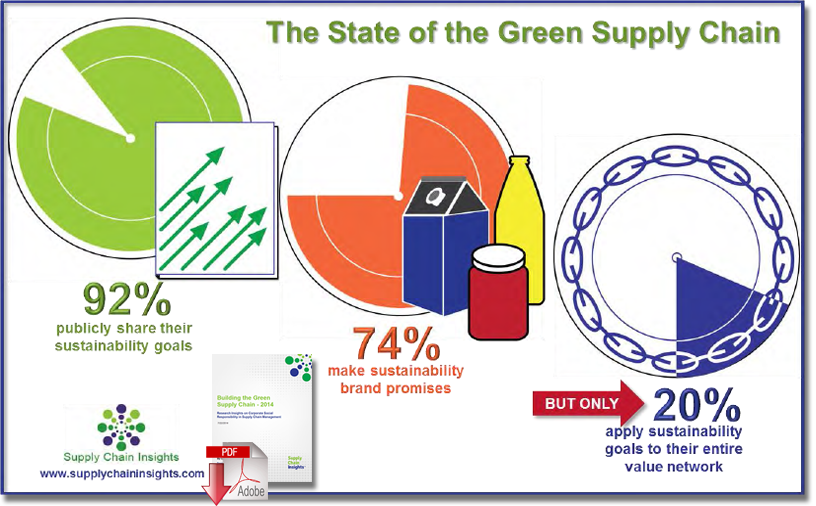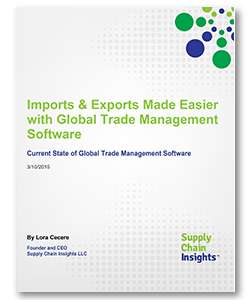Apple Focusing on Greening Its Supply Chain
Apple, which once drew fire from campaigners for working conditions in China and heavy reliance on fossil fuels, is now leading other technology companies in controlling its own power supply and expanding its use of renewable energy.
After showing more journalists around its solar-powered North Carolina data center (where it is building a third solar farm), Apple says that its new focus for renewable energy is its supply chain.
By converting all of its data centres to clean energy, Apple is poised to use solar power to manufacture sapphire screens for the iPhone 6, at a factory in Arizona.
The job of polishing Apple to a brighter green belongs to former EPA Administrator (and NJDEP Commissioner) Lisa Jackson who is “leading the effort to shrink Apple’s carbon footprint - and make sure customers realize the company is doing its bit to decarbonize its products and the internet.”
Until a year ago, the telegenic Jackson was the front woman for Barack Obama’s environmental ambitions as the administrator of the Environmental Protection Agency.
The Guardian’s Suzanne Goldenberg writes:
“Data centers require huge loads of electricity to maintain climatic conditions and run the servers carrying out billions of electronic transactions every day.
“Apple has constructed two solar farms to service its data center in Maiden, NC and is working on a third. It also operates fuel cells, running on biogas pumped in from a landfill. All of the power generated on-site is fed into the electricity grid.
“On any given day 100 percent of the data center’s needs are being generated by the solar power and the fuel cells, Jackson said.
“With Apple’s solar farm, customers could now be confident that downloading an app or video-chatting a friend would not increase carbon pollution, Jackson said.
“If you are using your iPhone, iPad, Siri or downloading a song, you don’t have to worry if you are contributing to the climate change problem in the world because Apple has already thought about that for you. We’ve taken care of that. We’re using clean energy.”
Building the Green Supply Chain
“Supply chain sustainability” is the management of environmental, social and economic impacts and the encouragement of good governance practices, throughout the lifecycles of goods and services - United Nations Global Compact.
Over the last ten years, corporate sustainability goals have transformed supply chain objectives causing companies to rethink their definitions of supply chain excellence. Much is in flux.
While the importance of these programs has grown over the last decade, in this research we find two disconnects.
The first is the ability for the company to meet its stated goals based on the scope of activities. As shown in figure 1, 92% of respondents surveyed have a public statement or declaration of goals and policies for corporate sustainability, and it has grown in importance to the definition of the brand promise.
In fact, today, 74% of respondents surveyed connect their success in sustainability to their brand statements. For many, the goal is to use sustainability as a brand advantage.
Many companies are vulnerable. The greatest impact on corporate sustainability (often more than 70% of resources consumed by manufacturers, retailers, and distributors) is outside the company’s four walls; yet, as shown in figure 1, only 20% of respondents are focused on the entire value network (from the customer’s customer to the supplier’s supplier.)
While the most common focus is on the enterprise, the greatest corporate risk lies outside the four walls of the enterprise, and companies are staking both their corporate and brand reputations on their abilities to deliver.
Apple has long been criticized for using suppliers who rely on dirty energy and pollute the environment. While the current initiative will be welcomed, it is notable that Apple is so far referring only to manufacturing facilities within the USA.
Apple’s corporate renewables record is, however, viewed as exemplary – even by former critics like Greenpeace.
“They are the gold standard in the state right now,” said David Pomerantz, a senior Greenpeace campaigner. “There are a lot of data centers in North Carolina and definitely none has moved as aggressively as Apple has to power with renewable energy,” he said.
Duke Energy, which has a near monopoly over power supply in the Carolinas, set out to lure big companies like Apple, Facebook and Google to the state with offers of cheap and reliable power for the data centres that are the hub of internet.
Data centres, with their densely packed rows of servers and requirements for climatically controlled conditions, are notorious energy hogs. Some use as much power as a small city. In Apple’s case, the North Carolina data centre requires as much power as about 14,000 homes – about three times as much as the nearby town of Maiden.
Charging up a smart phone or tablet takes relatively little electricity, but watching an hour of streamed or internet video every week for a year uses up about as much power as running two refrigerators for a year because of the energy powering data centres elsewhere.
That made data centres a perfect fit for Duke, said Tom Williams, the company’s director of external relations. With the decline in textile and furniture factories that had been a mainstay in the state, the company had a glut of electricity.
“What the data centres wanted from Duke was low cost and reliable power. Those two things – cost and reliability – are fundamental to their operations,” he told the Guardian. “What we like about these data centres is that it’s an additional load on our system.”
What is clear is that Apple and the other big tech companies are in a race to control and clean up the cloud.
Google uses renewable energy to power about a third of its data centers. Facebook says its new Iowa data center will run entirely off wind power when it comes on-line in 2011.
Microsoft earlier this month announced a second wind farm in Illinois to power its data centers.
That expansion of renewable energy on the cloud is likely to continue, Jackson said.
“There is an opportunity in getting ahead of the trend to move towards being self-sufficient on energy and in using clean energy,” she said.
“It’s something our customers value. They ask about corporate values around things like climate change and we are really proud to be able to say that we acknowledge climate change is a problem and that more than just being a problem we are actually doing something about it”.













